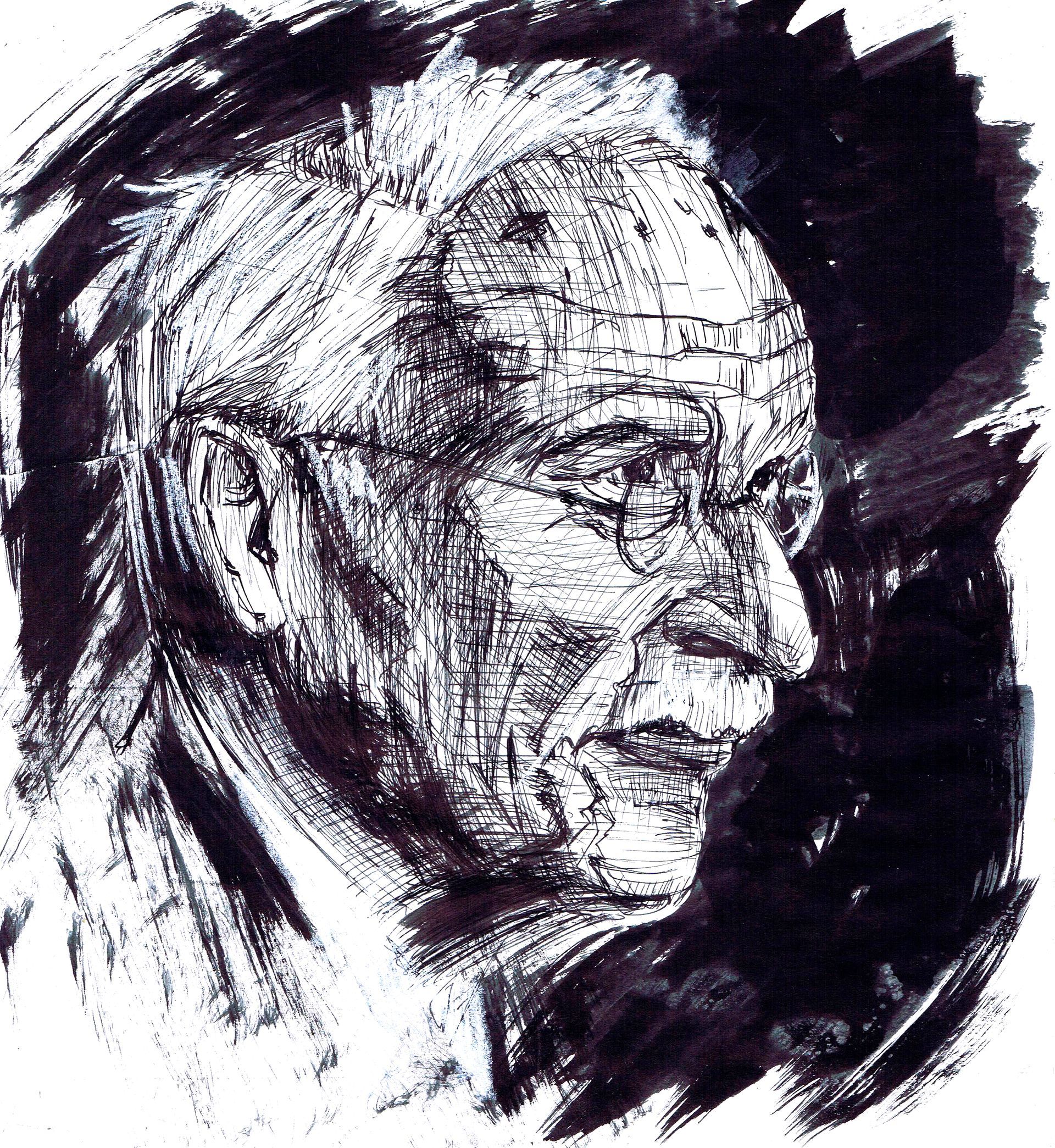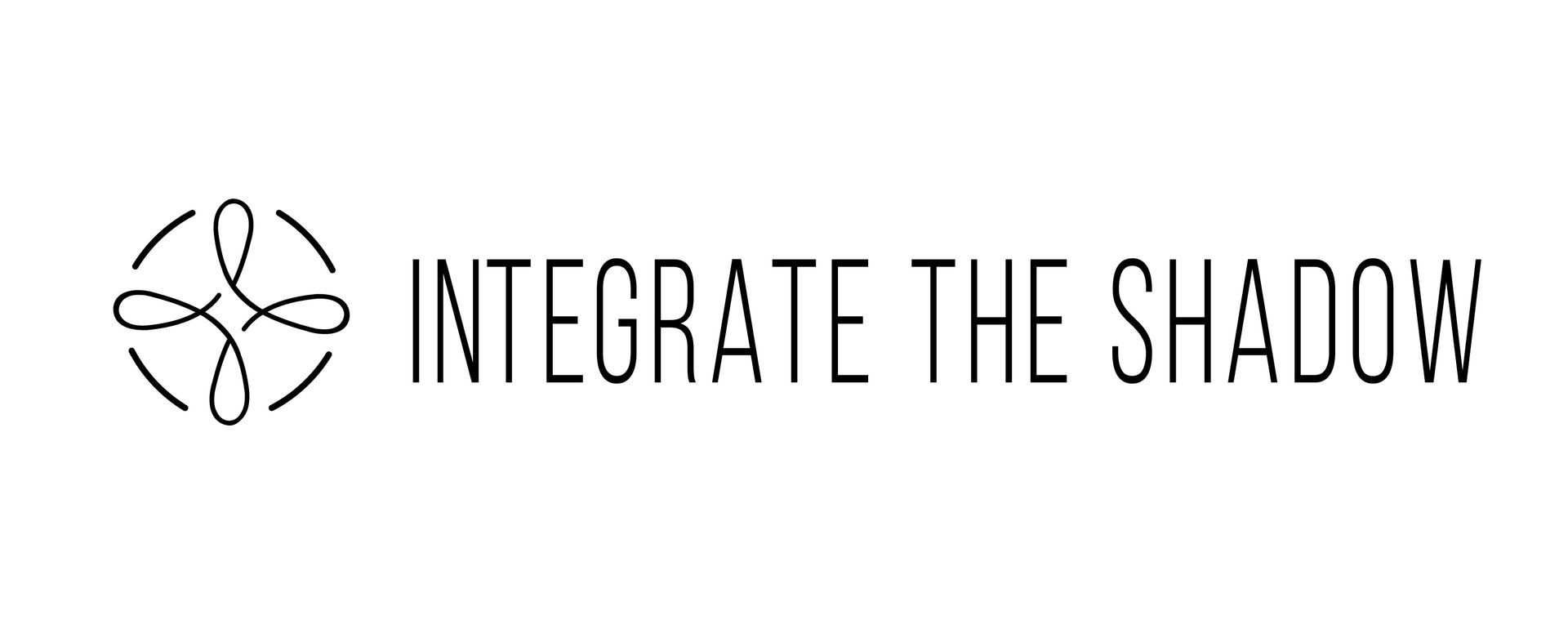What is the Shadow
Embracing the Hidden Self: Understanding Shadows

What do we mean by the Shadow
In the realm of psychology and self-discovery, few concepts are as intriguing and profound as the notion of the shadow. The idea of the shadow has been explored and expounded upon by various thinkers and psychologists throughout history, including renowned figures like Carl Jung and Robert Bly. We will embark on a journey to illuminate the multifaceted nature of the shadow, its significance in the human psyche, and the practice of shadow work. By delving into the depths of this concept, we aim to shed light on how understanding and embracing our shadows can lead to personal growth and self-realisation.
Carl Jung's Pioneering Insight
Carl Jung, the Swiss psychiatrist and founder of analytical psychology, is often credited as the first person to coin the term "shadow" in the context of human psychology. He defined the shadow as "that part of ourselves that we hide, suppress, or deny either consciously or unconsciously." This simple yet profound definition serves as the cornerstone of our exploration into the enigmatic realm of the shadow.
At its core, the shadow represents those aspects of ourselves that we, intentionally or not, relegate to the realm of the unknown or unacceptable. It is the repository of our unacknowledged fears, desires, and impulses, concealed beneath the veneer of our conscious self-image. By recognizing this hidden facet of our psyche, we open the door to a deeper understanding of our inner workings and the potential for profound personal transformation.
Robert Bly's 360-Degree Personality
To understand the concept of a shadow, let's delve into its essence, guided by the insightful perspective of Robert Bly in his seminal work, "A Little Book on the Human Shadow." Bly introduces the idea of a "360° personality," a notion that encapsulates the uninhibited expression of our true selves in every direction, without any internal censorship or editing, especially evident in our early years.
As infants, our natural inclinations are to express every thought and feeling unfiltered. However, as we grow, societal norms shaped by parents, educators, and cultural influences begin to dictate which aspects of this 360° expression are deemed acceptable. This leads to a fascinating dynamic, likened by Bly to carrying a metaphorical bag over our shoulders. This bag represents the repository of traits, emotions, and aspects of our personality that society prompts us to repress or hide.
Initially, we might start by discarding traits considered negative – anger, jealousy, envy, certain aspects of our sexuality, or vengeful thoughts. However, it's not just these 'undesirable' elements that end up in the shadow bag. Often, our most precious qualities – self-belief, a sense of purpose, love, intimacy, creativity, and even playfulness – are also repressed. For instance, as we approach adulthood, the childlike trait of playfulness is frequently discarded in the pursuit of maturity.
The shadow, therefore, encompasses both positive and negative traits that have been suppressed or denied. It includes anything we attempt to conceal from ourselves or others, regardless of its inherent value. Identifying what lies in our shadow can be challenging, yet it's crucial for personal growth and self-awareness.
Interestingly, the process of repression isn't always foolproof. Sometimes, the traits we try to discard don't fully make it into the shadow bag. Instead, they manifest in others around us, a psychological phenomenon known as projection. We often see in others the qualities we find hardest to accept in ourselves. This can be either traits we despise or those we admire – what we might call 'golden shadows.' For instance, we might envy someone's spontaneity or courage, qualities we've repressed in ourselves.
In the AA 12-step tradition, there's a saying, "if you spot it, you got it," highlighting this concept of projection. The qualities that stand out to us in others – both good and bad – often reflect our own shadows. This realisation can be a valuable tool in identifying our shadow elements.
Another way to recognize our shadow traits is by acknowledging that our metaphorical bag isn't entirely sealed. Traits we try to suppress might inadvertently leak out, often in ways we don't appreciate. For example, someone who staunchly believes anger is unacceptable might find themselves experiencing sudden, uncharacteristic bursts of anger. These 'accidents' are telltale signs of what lies in our shadow.
Understanding the shadow is not just a journey into our repressed selves; it's an exploration of the full spectrum of our personalities, both the light and the dark. It's about reclaiming those parts of ourselves we've lost or hidden and integrating them into our conscious selves for a more authentic and complete existence.
Projection: Casting the Shadow onto Others
Robert Bly introduced the concept of projection, suggesting that we all possess a "little projector" in our brains that projects our shadow onto others. This mechanism allows us to disown our hidden traits and attribute them to those around us. It becomes a defense mechanism, a way to avoid confronting our own shadows.
Furthermore, our bag of repressed aspects has a tendency to leak unexpectedly. For example, we might have committed to never expressing anger after witnessing destructive anger in others. However, the suppressed anger can resurface unexpectedly, causing us to explode with rage over seemingly minor provocations. This leakage can lead to a state of denial, where we fail to recognize when our hidden traits manifest. Our pride can also blind us to these manifestations, as we are determined to maintain the image we have constructed for ourselves.
Another perspective on the shadow involves examining the extent to which we try to control certain traits, only to find that these traits end up controlling us. For instance, attempting to control one's temper might lead to the temper's dominance over one's actions and emotions, indicating that the controlled trait has become a significant part of the shadow.
Leaking Behaviours and Shadows out of Control
Exploring the energies and behaviours that may be seeping out unconsciously is crucial in understanding ourselves better. Often, we find ourselves in situations where it seems that certain behaviours are controlling us, rather than us being in control of them. This phenomenon can be a powerful indicator of underlying issues needing attention.
Compulsive Elements in Our Lives
Many of us have compulsive elements in our lives, like bad habits, overpowering emotions, or recurring thought patterns that seem to take the reins, leaving us feeling out of control. This sense of being driven by something beyond our conscious control is a strong sign that these energies are in our shadow, hidden and unrecognised parts of ourselves.
Denial of Certain Behaviours and Energies
When we're in denial about possessing certain energies or behaviors, we lose control over them. They tend to surface unexpectedly, influencing our actions in ways that we might not even be aware of. Recognising and accepting these hidden aspects is a step towards regaining control.
The Purpose of Shadow Work
Shadow work helps us delve into these hidden aspects of our psyche. By engaging in this introspective process, we can discover the valuable, even 'golden' energies concealed within our shadows. These energies, though initially appearing negative or undesirable, often hold immense potential for personal growth and empowerment.
The Shadow Work Container and Creating a Safe, Symbolic Ritual Space
Creating a 'container' or a safe, symbolic space is essential for effective shadow work. This space allows individuals to safely explore and polish these hidden parts of themselves, transforming them into valuable assets for their day-to-day lives.

